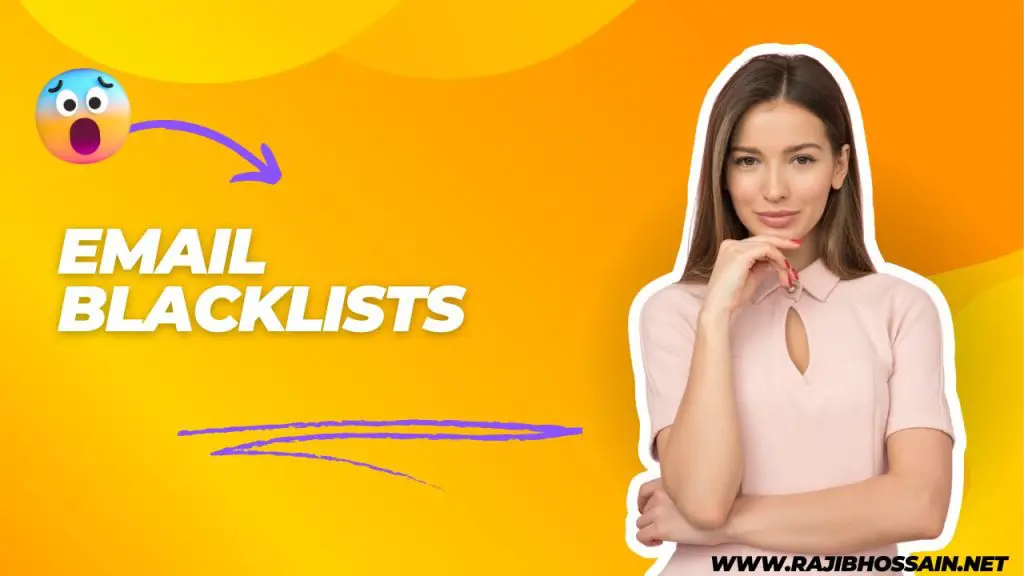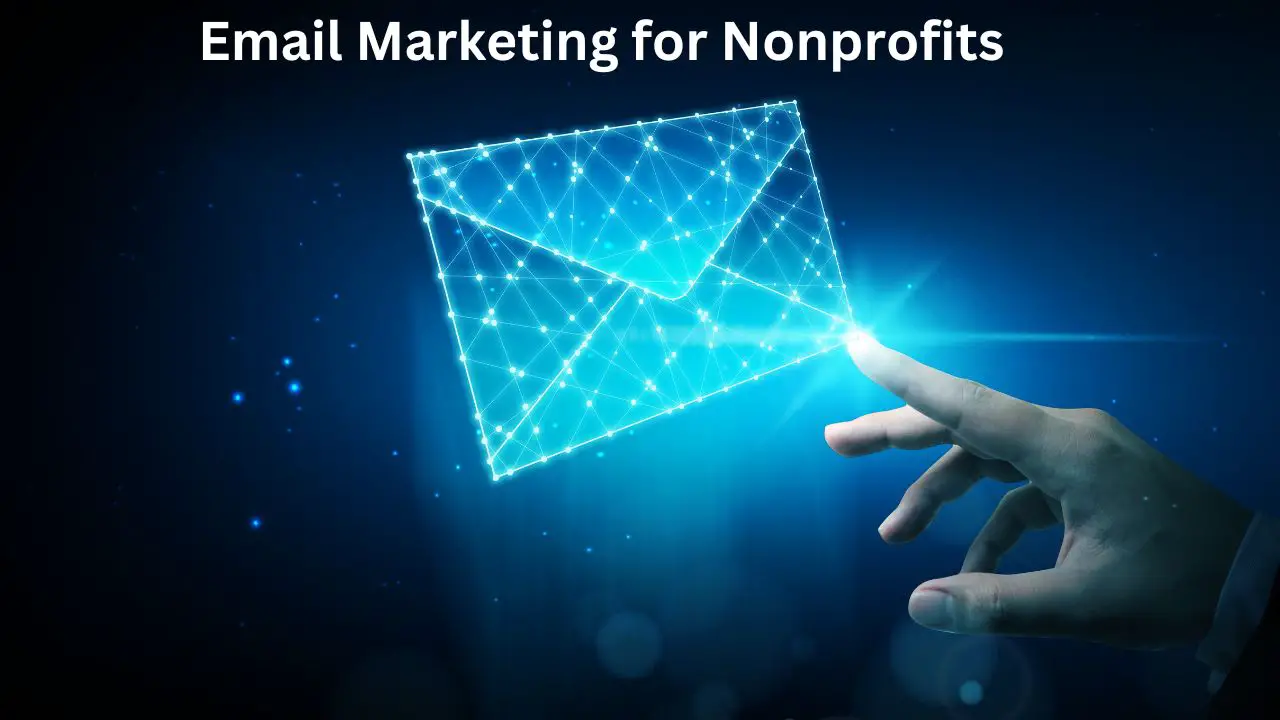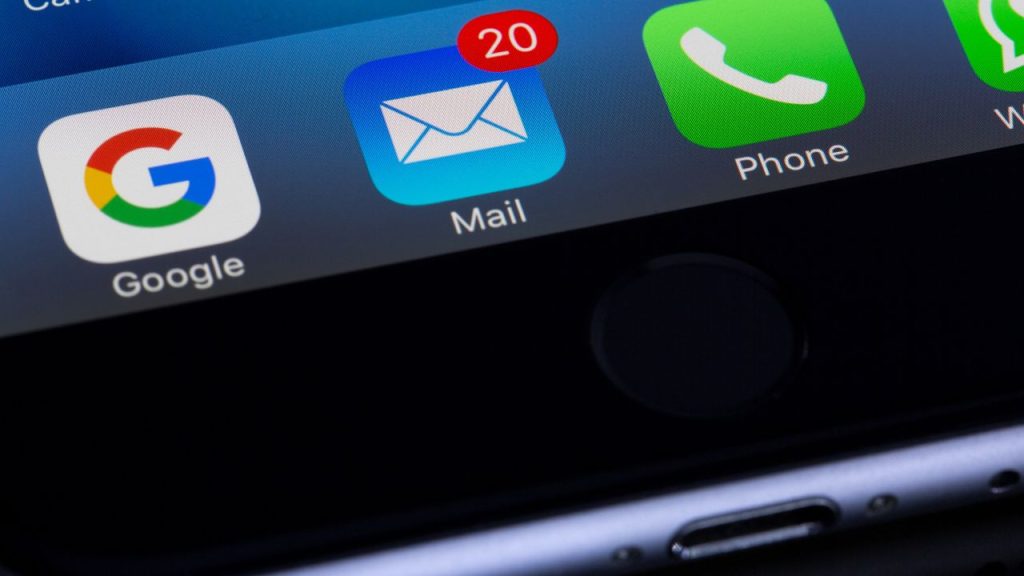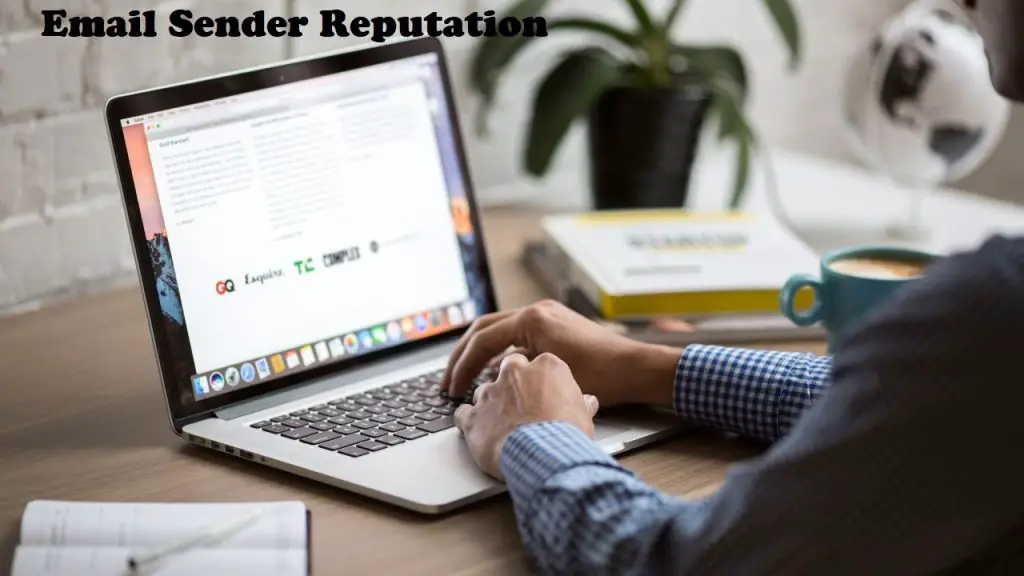Introduction
Email blacklists are a significant concern for email marketers, as being listed can severely impact the deliverability of your emails. Understanding what email blacklists are, how they work, and how to avoid them is crucial for maintaining a healthy email marketing strategy. This guide covers everything you need to know about email blacklists, including their implications, common causes, and best practices for prevention and removal.

What is an Email Blacklist?
An email blacklist is a list of IP addresses or domains that are flagged as sources of spam or malicious emails. These lists are used by Internet Service Providers (ISPs), email service providers (ESPs), and spam filters to block unwanted or harmful emails from reaching recipients’ inboxes.
When an IP address or domain is blacklisted, emails sent from that source are more likely to be filtered into the spam folder or rejected outright, reducing the effectiveness of email marketing campaigns.
Common Types of Email Blacklists
There are several types of email blacklists, each maintained by different organizations and serving various purposes:
- DNS Blacklists (DNSBLs): These are domain name system-based blacklists that list IP addresses involved in sending spam. Examples include Spamhaus and Barracuda.
- URI Blacklists (URIBLs): These blacklists focus on URLs within email content that are associated with spam or malicious activity. Examples include SURBL and URIBL.
- ESP Blacklists: Some email service providers maintain their own blacklists to protect their users from spam. Examples include Gmail, Yahoo, and Microsoft.
How Email Blacklists Work
Email blacklists operate by monitoring email traffic for signs of spam or malicious activity. When suspicious activity is detected, the offending IP address or domain is added to the blacklist. This process can be automated or manual, depending on the blacklist provider.
Once blacklisted, any emails sent from the listed IP address or domain are subject to stricter scrutiny by spam filters, leading to higher chances of being marked as spam or rejected.
Causes of Blacklisting
Several factors can lead to an IP address or domain being blacklisted:
- High Spam Complaint Rates: If a significant number of recipients mark your emails as spam, it can trigger blacklisting.
- Sending to Spam Traps: Spam traps are email addresses set up specifically to catch spammers. Sending emails to these addresses can result in blacklisting.
- High Bounce Rates: Sending emails to invalid addresses can increase bounce rates, which can be interpreted as a sign of poor list hygiene and lead to blacklisting.
- Unsolicited Emails: Sending emails to recipients who have not opted in to receive them can result in spam complaints and blacklisting.
- Poor Email Content: Emails with misleading subject lines, excessive use of spam trigger words, or suspicious links can be flagged as spam and lead to blacklisting.
Consequences of Being Blacklisted
Being blacklisted can have several negative consequences for your email marketing efforts:
- Reduced Deliverability: Emails sent from blacklisted IP addresses or domains are more likely to be filtered into spam folders or rejected.
- Damage to Sender Reputation: Blacklisting can harm your sender reputation, making it harder to deliver emails to recipients’ inboxes even after removal from the blacklist.
- Loss of Trust: Persistent blacklisting can erode trust with your audience, leading to decreased engagement and higher unsubscribe rates.
- Potential Financial Loss: Reduced email deliverability can impact your ability to reach customers and generate revenue, leading to potential financial losses.
How to Avoid Being Blacklisted
Preventing blacklisting requires a proactive approach to email marketing. Here are some best practices to help you avoid being blacklisted:
1. Maintain List Hygiene
Regularly clean your email list to remove invalid addresses, inactive subscribers, and potential spam traps. Use double opt-in methods to ensure that only engaged and interested recipients are on your list.
2. Monitor Engagement Metrics
Track key engagement metrics such as open rates, click-through rates, and spam complaints. High engagement rates indicate that your audience finds your emails valuable, while high complaint rates can signal issues that need to be addressed.
3. Use Email Authentication
Implement email authentication protocols such as SPF (Sender Policy Framework), DKIM (DomainKeys Identified Mail), and DMARC (Domain-based Message Authentication, Reporting, and Conformance) to verify your emails and protect against spoofing.
4. Send Relevant Content
Ensure that your emails are relevant, valuable, and personalized to your audience. Avoid using misleading subject lines or excessive use of spam trigger words.
5. Monitor Your Sending IP and Domain
Regularly check if your sending IP address or domain is listed on any blacklists. Tools like MXToolbox and DNSstuff can help you monitor your status.
6. Respect Unsubscribe Requests
Make it easy for recipients to unsubscribe from your emails and promptly remove them from your list. Ignoring unsubscribe requests can lead to spam complaints and blacklisting.
What to Do If You Are Blacklisted
If you find that your IP address or domain has been blacklisted, take the following steps to resolve the issue:
1. Identify the Cause
Determine the reason for the blacklisting by reviewing your email sending practices, engagement metrics, and any recent changes to your email campaigns.
2. Rectify the Issue
Address the underlying cause of the blacklisting. This may involve cleaning your email list, improving your email content, or implementing authentication protocols.
3. Request Removal
Contact the blacklist provider and request removal from the blacklist. Provide evidence of the steps you have taken to rectify the issue and prevent future occurrences.
4. Monitor and Maintain
After being removed from the blacklist, continue to monitor your sending IP and domain to ensure they remain in good standing. Maintain best practices to prevent future blacklisting.
Conclusion
Email blacklists are a crucial aspect of email deliverability and reputation management. Understanding how blacklists work, the common causes of blacklisting, and best practices for prevention can help you maintain a healthy email marketing strategy. By proactively managing your email practices and monitoring your status, you can avoid the negative consequences of being blacklisted and ensure that your emails reach your audience’s inboxes.









